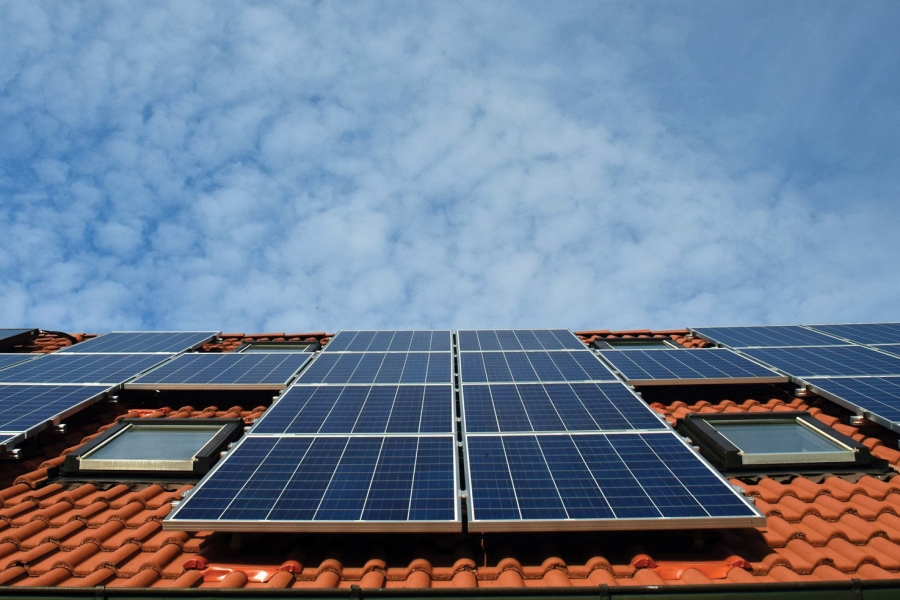
Unanimous vote by California Energy Commission goes into effect 2020
The California Energy Commision voted 5-0 to require rooftop solar panels on all new single-family homes and small apartment buildings up to three stories tall. The vote took place on May 9 and the mandate will go into effect on Jan. 1, 2020.
Exemptions may be made in cases where solar panels are not feasible, such as in areas with excessive shade. Remodels of existing homes will not be affected.
California is the first state in the nation to require solar panels on all new homes. Currently, electricity production accounts for 20 percent of all statewide greenhouse gas emissions. The mandate is an effort to uphold AB 398, a bill passed in July 2017 to reduce California’s greenhouse gas emissions by 40 percent from 1990 levels.
So how will this affect owners of new California homes?
“The CEC states that while the new standard will increase the cost of building a new home by an average of $9,500, it will reduce energy-related costs by about $19,000 over the course of a 30-year mortgage,” said Shaina Nanavati, a UC Davis alumna and portfolio analyst at North Carolina Electric Cooperatives.
As a result of the increase in home prices, Energy Commission spokeswoman Amber Beck said that homebuyers can expect a $40 increase in monthly mortgage payments.
Homebuyers can also expect to save money on monthly energy expenditures since it costs more to draw electricity from the grid. Beck estimates a simultaneous $80 decrease in monthly utility bills.
“And these are just the conservative estimates,” Nanavati said.
Others believe that homeowners should be allowed to make the decision to install rooftop solar for themselves rather than having to purchase homes with mandated pre-installed panels.
“People come from different backgrounds, and buying a house is not something people manage to do very easily,” said Shailaja Chadha, a third-year student studying sustainable agriculture and food systems. “An additional $10,000 can mean another five years of saving, by the end of which the house you were trying to buy is even more expensive. I think a more effective approach is to have major perks for implementing solar as opposed to forcing people to do so.”
Ultimately, policymakers will have to consider the trade-offs between short-term individual costs and long-term environmental impact.
“California has always been one of the most expensive states to live in,” Nanavati said. “But the benefit of reducing greenhouse gas emissions today is that the state will hopefully save billions of dollars in costs related to mitigating the worsening impacts of climate change down the line.”
Written by: Nausheen Sujela — science@theaggie.org




This is great and it turns out this guy is behind it so props to him https://www.youtube.com/watch?v=GvvLUsXU6kM